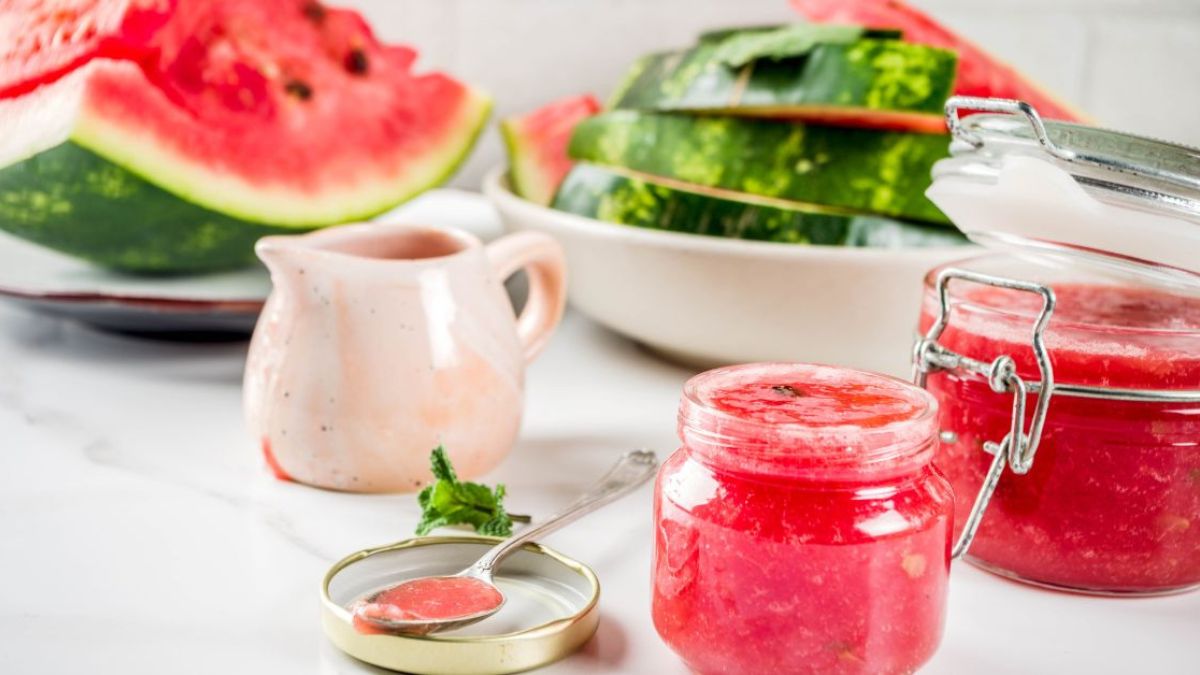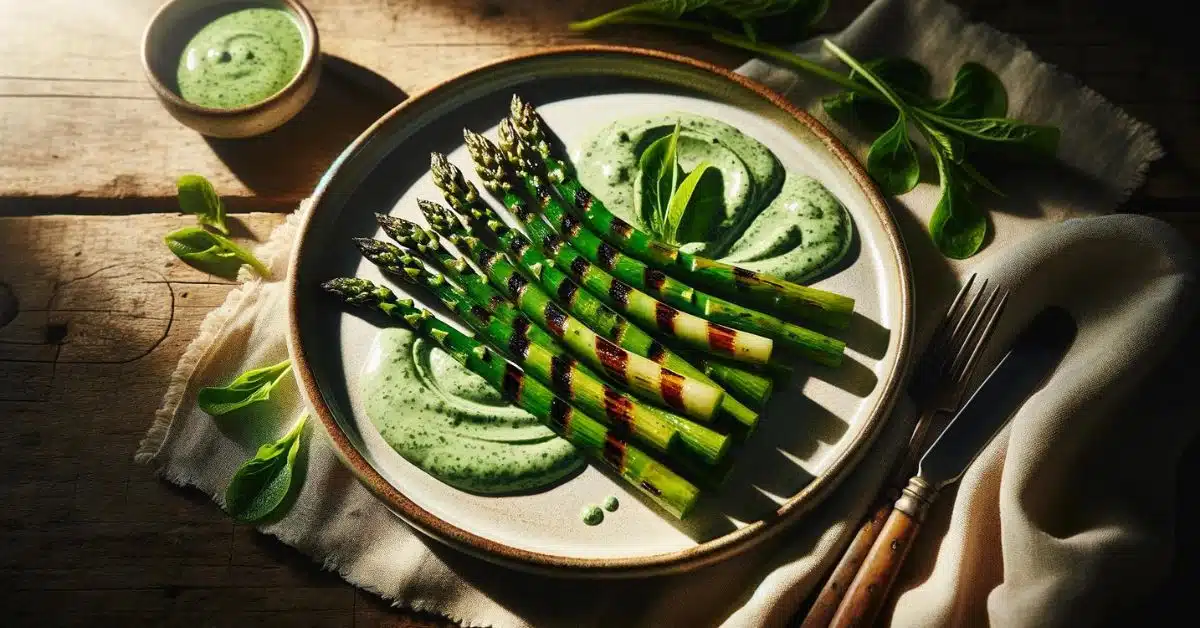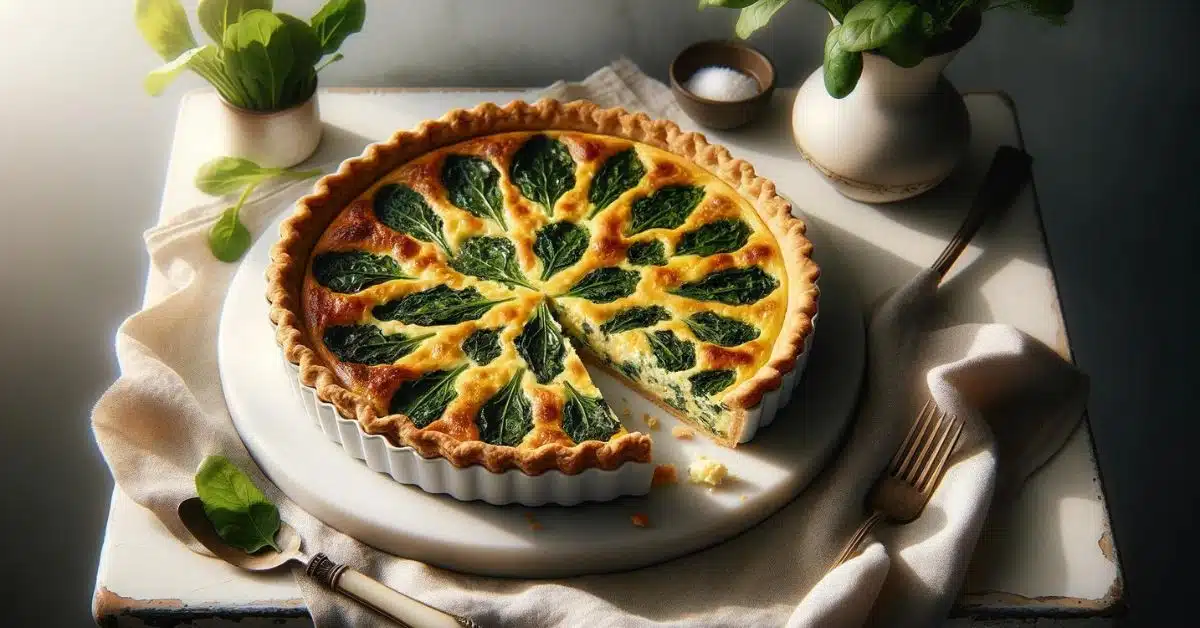Focaccia, a traditional Italian pastry that has charmed the world with its simplicity and endless variability, is an excellent example of how basic ingredients can create something truly extraordinary. Whenever fresh herbs or local ingredients are added, the focaccia is transformed to reflect the seasonality and character of the area it comes from. One such exceptional variation is focaccia with wild garlic and sea salt, a recipe that combines simplicity with a wealth of flavors and aromas.
This focaccia is a celebration of spring, when nature wakes up and brings us its first gifts. Wild garlic, often referred to as wild garlic, is one of the first green herbs to appear on the forest floor and is known for its mild garlicky aroma and delicious, fresh flavor. Its use in focaccia adds not only a unique taste, but also a delicate aroma that makes every bite an unforgettable experience.
The combination of wild garlic with coarse sea salt on top of the focaccia is not only visually appealing, but also harmonious in taste. Sea salt enhances the natural flavors of the ingredients while adding texture that complements the softness and moistness of the focaccia. This focaccia is not just a pastry; it’s an experience that transports you to the heart of Italian cuisine while preserving the uniqueness and freshness of the natural ingredients that are its foundation.
Prepared with love and care, wild garlic and sea salt focaccia is the perfect companion to any meal, from simple salads to rich main courses, or it can simply be served as a tasty appetizer or snack. This recipe is an invitation to the world of home baking, where tradition meets innovation and where every bite brings pleasure and inspiration.
Focaccia recipe with wild garlic and sea salt
Ingredients
- 500 g plain flour (plus extra for sprinkling)
- 1 packet of dry yeast (7 g)
- 1 teaspoon of sugar
- 350 ml of warm water
- 2 tablespoons olive oil (plus extra for brushing)
- 1 large handful of wild garlic, chopped
- Sea salt, coarse for sprinkling
- Black olives or sun-dried tomatoes (optional)
Procedure
- Mix plain flour, dry yeast and sugar in a bowl. Add the warm water and olive oil, then knead the dough until it is smooth and elastic. You can do this by hand or with the help of a food processor with a dough hook.
- Transfer the dough to an oiled bowl, cover with a tea towel and leave to rise in a warm place for approximately 1 hour or until doubled in size.
- While the dough is rising, chop the wild garlic. You can add it directly to the dough or use it to sprinkle on focaccia before baking.
- Turn the dough out onto a floured work surface, knead it gently and then roll it out or stretch it with your hands to the size of your baking pan. Place the dough in a greased baking pan, or on a baking sheet lined with baking paper.
- Lightly brush the dough with olive oil, then use your fingers to make typical wells in it. Sprinkle with chopped wild garlic, coarse sea salt and add olives or sundried tomatoes if desired.
- Bake in a preheated oven at 200°C for approximately 20-25 minutes or until the focaccia is golden and crispy.
- Let the focaccia cool on a wire rack, then serve. It is excellent on its own, with olive oil or as a side dish.
Focaccia with wild garlic and sea salt questions and answers
What exactly is wild garlic and how can I identify it?
Wild garlic is a wild plant that appears in forest areas in spring. It has broad green leaves and white flowers that appear later in spring. Its leaves have a characteristic garlic smell.
Can I use fresh garlic instead of wild garlic?
Yes, if you don’t have access to wild garlic, you can use fresh garlic. To achieve a similar flavor, use a lighter dose, as wild garlic has a milder flavor than regular garlic.
Is it possible to add other ingredients to the focaccia?
Yes, focaccia is a very adaptable recipe. You can add sun-dried tomatoes, olives, various herbs like rosemary or thyme, and even thinly sliced vegetables for an extra layer of flavor and texture.
Can I make focaccia without yeast?
Traditional focaccia requires yeast to rise. If you’re looking for a yeast-free alternative, you can try flatbread recipes that don’t require leavening, but the result will be different from traditional focaccia.
How long can I keep focaccia?
Focaccia is best fresh, but you can store it at room temperature covered with a tea towel or in an airtight container for up to 2 days. For longer storage, we recommend freezing the focaccia.
Can focaccia be frozen?
Yes, focaccia can be successfully frozen. Allow to cool completely, then wrap in foil and place in an airtight container or freezer bag. You can store frozen focaccia for up to 3 months. Before serving, thaw it and gently heat it in the oven.
What temperature and baking time do you recommend for the perfect focaccia?
For focaccia, we recommend baking at 200°C for approximately 20-25 minutes, but it always depends on your particular type of oven. The focaccia should be golden on top and nicely crispy on the bottom.
How do I know the focaccia is perfectly baked?
The focaccia is ready when it has a golden brown surface and makes a hollow sound when tapped on the bottom. You can also use a kitchen thermometer – the internal temperature should reach around 90°C.



